2024 Ford Ranger First Drive Review: Detail Oriented

Love It | Leave It |
|---|---|
Better looks | Cabin quality still not great |
High standard towing rating | Finnicky electronic shifter |
Trailer assist is a killer app | Down on power (for now) |
It’s easy to forget that in most every other part of the world, it’s the Ranger that is Ford’s bread-and-butter pickup truck, not the F-150.
For 2024, Ford has finally updated its mid-sized pickup here in North America—right in time for not one but three of its competitors to do the same. The old truck always felt at least a little out of place, like a product designed primarily for other markets (because it was). This next-generation model boasts a truly global development process however, with that most difficult of promises: being both better as a workhorse and as a daily driver. How does it stack up? Ford brought us to Salt Lake City to find out.
What’s new?
Ford has substantially reworked the last-gen Ranger’s “T6” platform to dub this one “T6.2.” Squint and you’ll recognize some carryover shapes, most notably the doors and windshield angle, but the majority of parts are new, and not interchangeable with the old model. Ford has kept most of the dimensions the same, but stretched the track and wheelbase by around two inches (51 millimeters) each. Ford engineers achieved this by moving the rear shocks further outboard, while the front structure is now hydroformed, clawing back enough additional space to mount a V6 behind a Ranger’s grille once again.
Yes, there will be a six-pot (non-Raptor) Ranger, as the 2.7-liter EcoBoost V6 from the F-150 and Bronco debuts in Ranger. Ford says one of the most important deciding factor for Ranger buyers is power, and the 2.7L puts down 315 horsepower and an even 400 pound-feet of torque. Or rather, it will, since the V6 will come on-stream some time after launch. For now, the familiar Ranger family of XL, XLT, and Lariat all come with the same 2.3-liter turbo-four as before, spitting out 270 hp and 310 lb-ft. All engines come hooked up to a 10-speed automatic and, in America, send power to the rear wheels as standard. Part-time 4WD is available, and standard in Canada. Raptor sticks to a full-time 4x4 setup; you’ll read more about it later this week.
Gone are the EcoSport-with-a-bed looks, replaced with a stronger, more chiseled design all-around. Ford’s design team has raised the hoodline for a more confident look, without the Ranger becoming a caricature of aggression. In fact, the front fascia design has more than a bit of Maverick to it in the clamp-shaped headlights and slightly rounded grille. At launch, there will be just one body style, this extended cab with five-foot bed. The latter is now wider, capable of accepting a sheet of plywood, and features more tie-downs. Available side steps are located closer to the rear wheels for easier bed access, and are wide enough to get two feet on. Ford says the steps were designed based on direct customer feedback.
Updated cabin
Big changes continue inside, where even the base model features a big 10.1-inch, portrait-style touchscreen dominating a cleaner dashboard design. (A 12.0-inch setup is optional.) Like the exterior, the cabin finds a comfortable middle ground between the cliff-face look of the current F-150 dashboard, and the zero-pretense functionality of the Maverick. Material quality is uniformly better—a previous Ranger weak point—including robust plastics and interesting textures. It’s still not going to challenge the best in the class, but at least it no longer feels like the world’s largest Kinder Surprise toy. Cabin storage is good, including the small cubby above the glovebox.
The seating position is good, with a large range of adjustments to suit various drivers. Lariat models also gain memory seating. The seats themselves are not the most comfortable however, with inconsistent cushioning and minimal lower back support. The back-seat experience is largely the same as before: solidly acceptable for the segment. Under-seat storage provides useful levels of stash-away storage, and the seatbacks can now be folded down flat to more easily accommodate larger items.
I spend most of my time in a mid-level XLT. It’s refreshingly honest—whoa, an actual physical key!—and has an important operating distinction: a regular shifter. The electronic shifter in the Lariat is annoyingly counter-intuitive to use: its manual controls and lock button are in the same spots as this shifter, the left and front respectively, but the shape has me using the manual controls as the lock button. Every. Single. Time.
Smart tech
An 8.0-inch digital instrument cluster is standard-fit behind the redesigned steering wheel; a larger 12.4-inch screen shows up on higher trims. No matter the size, the screen provides plenty of instant-access data and slick animations as the driver swaps between drive modes. That central screen runs Ford Sync 4A, which is generally an easy user interface to navigate. There are redundant physical climate controls just below the screen, which is good. Same goes for always keeping the on-screen climate controls visible, though it’s slightly annoying that wheel and seat heating need a menu dive if you want to adjust them individually. While we heard some complaints about the native navigation from other journalists on the event, we had no such issues during our shorter drive.
All ’24 Rangers come with standard automated emergency braking, auto high beams, a 12-volt power point, a pair of USB ports, and a built-in 4G modem. The XLT adds useful features such as blind-spot information, lane-keep assist, 120V/400W in-bed power outlet, and a wireless charger. Notably, adaptive cruise control, front parking sensors, and an enhanced parking assist are optional here, and all standard on Lariat.
Easily one of the best features in the 2024 Ranger is the Pro Trailer Backup Assist feature. This works with the 360-degree camera, and repurposes the drive mode rotary dial to directly steer an attached trailer. The driver takes their hands off the wheel and focuses on controlling speed with the brakes. While it might be counter-intuitive for towing veterans, for folks with less experience, it makes the whole process that much more approachable. Ford set up a short little S-bend in the parking lot to test this: even after a tiring full day of travel, we cleanly pulled it off in one go. The Tacoma that Ford brought along required a fully manual approach—it was significantly tougher. Towing capacity is once again set at 7,500 pounds (3,402 kilograms); the maximum payload is 1,805 lb (819 kg) in the US, and 1,711 lb in Canada (776 kg, due to standard 4x4).
The native navigation can also select routes based on one of 10 user-saved trailer profiles, ensuring drivers don’t get stuck on a road they can’t fit on. It’s a feature pulled from the Super Duty.
Better manners
With a carryover powertrain, the Ranger’s straight-line performance is little different from before. I’m surprised to hear Ranger buyers were clamoring for more power, as this remains one of the more muscular engines in the segment. Torque arrives early, and the 10-speed ‘box does a good job of keeping the 2.3L operating in its sweet spot. On a pre-daylight highway jaunt, the Ranger happily gets up to cruising speed and sits there without fuss.
The upcoming V6’s significant torque increase should be a welcome upgrade for buyers who regularly tow. And even then, it will be down on torque compared to the GM twins’ upgrade engine, as well as the upcoming Tacoma hybrid.
The wheelbase stretch and added track combine to give the Ranger a newfound sense of maturity on the move. It’s planted and smooth on the highway, while remaining reasonably agile around town. I pulled off U-turns I simply couldn’t have managed in a full-size pickup.
Dollars and sense
In America, pricing for the 2024 Ford Ranger begins at $34,265 including destination for a Ranger XL 4x2. The XLT rings in at $37,705, while the Lariat tops the regular lineup at $45,225 before options. Adding 4x4 is roughly $3,500.
Canadian pricing sees a steep increase with the one-two punch of the removal of the smaller cab and standard 4x4. We’re talking $43,965 CAD for a Ranger XL, including destination. Ranger XLT bumps up to $48,215 CAD, while the Lariat is a serious $56,415 CAD.
The upcoming V6 will surely push those prices even higher; for reference, the upgrade in the Bronco costs $2,145 ($2,695 CAD).
Final thoughts: 2024 Ford Ranger first drive review
Overall, the 2024 Ford Ranger is a strong offering from the Blue Oval. It doesn’t dramatically alter the formula, but instead refines it through focused customer feedback and a healthy dose of modernization. Its strengths continue to be its more maneuverable size and stout standard towing capacity, augmented this year by better on-road manners and improved tech, especially the towing assist. If buyers can accept the higher pricing and still only-okay cabin, the Ranger is now a much stronger mid-sized competitor on these shores.
Become an AutoGuide insider. Get the latest from the automotive world first by subscribing to our newsletter here.

Kyle began his automotive obsession before he even started school, courtesy of a remote control Porsche and various LEGO sets. He later studied advertising and graphic design at Humber College, which led him to writing about cars (both real and digital). He is now a proud member of the Automobile Journalists Association of Canada (AJAC), where he was the Journalist of the Year runner-up for 2021.
More by Kyle Patrick







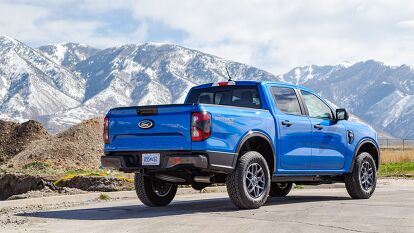

























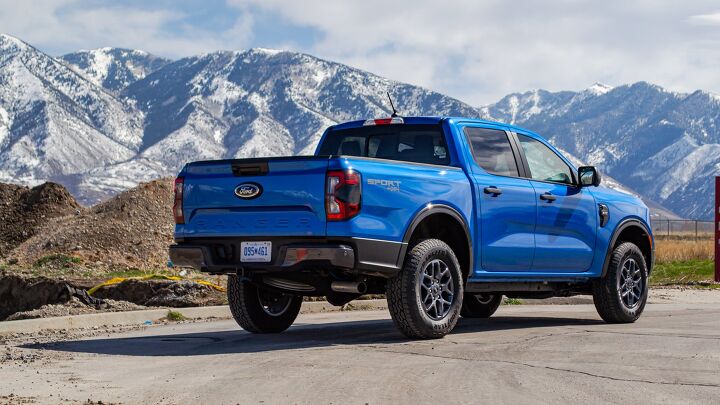

















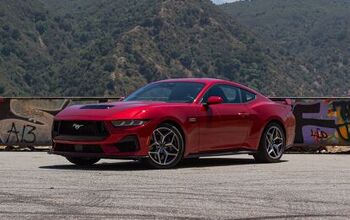
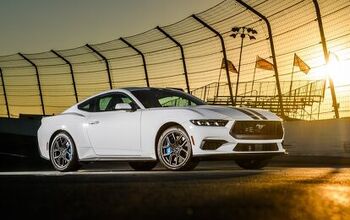
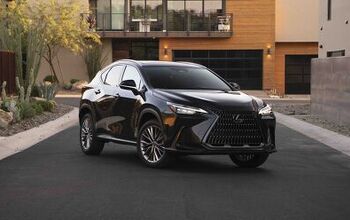
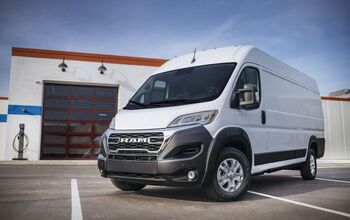
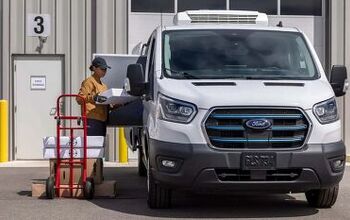

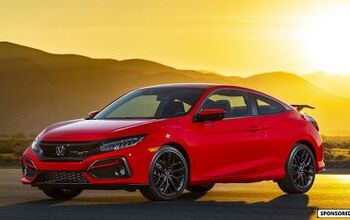
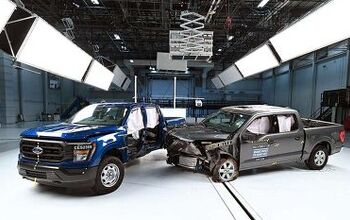

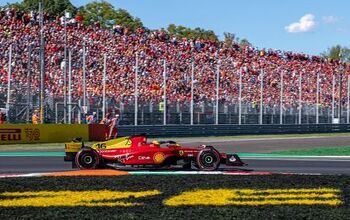


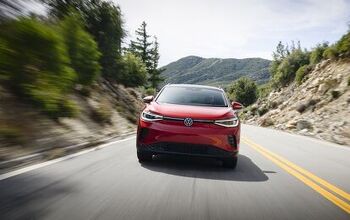

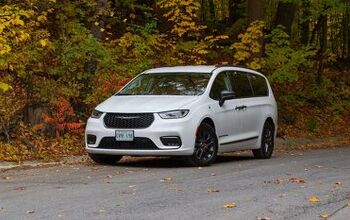
Comments
Join the conversation